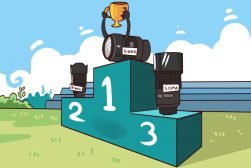

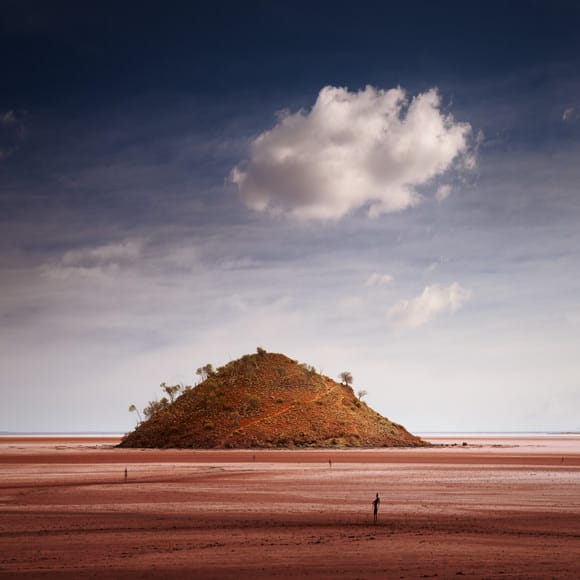

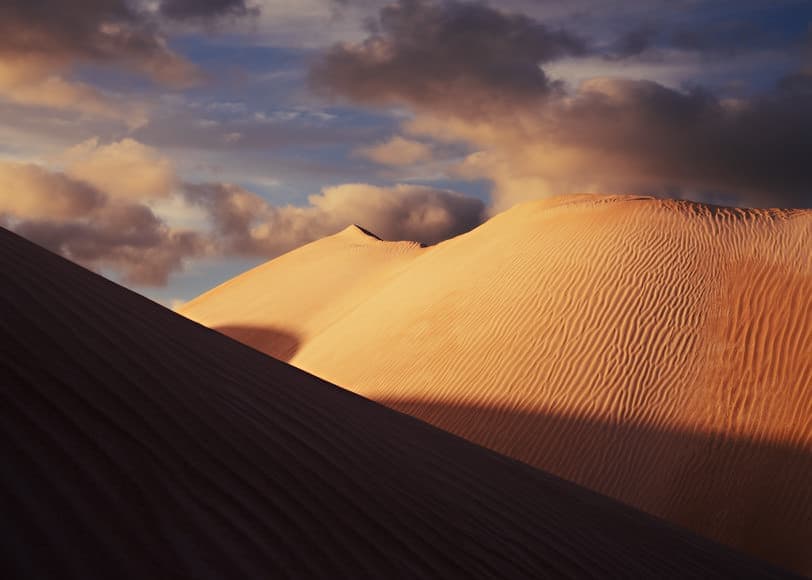
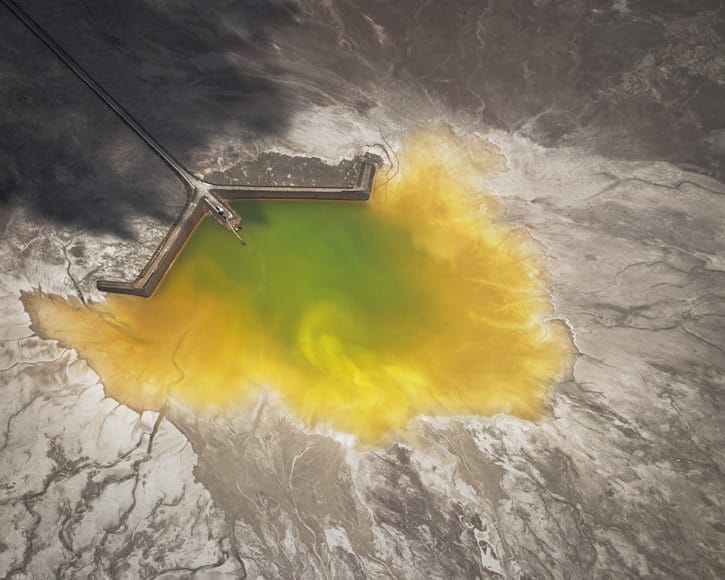

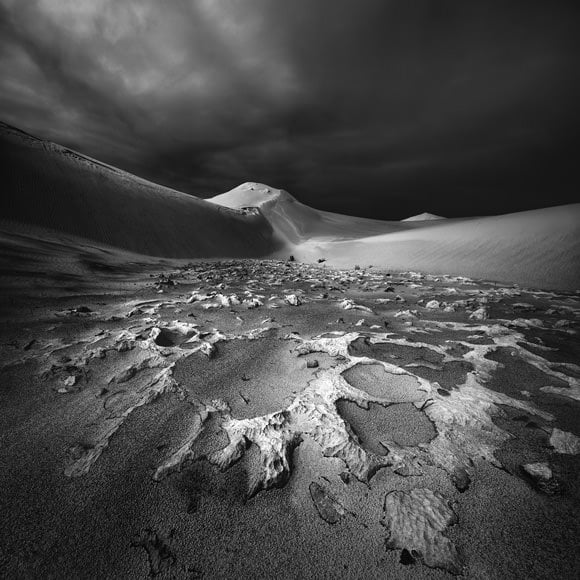

Jarrad Parker
Landscape | Last Updated: April 4, 2024
Welcome to my insight into how I view the world contained within a bag.
My name is Jarrad Parker and I am a landscape photographer based in Perth, Western Australia. Photography for me is a passion that has grown into something that consumes my thoughts constantly, even while working my day job as a Signwriter.
I have always loved drawing since a young child, and still consider myself an illustrator at heart. It wasn’t until high school in the early 90’s that I found my interest in photography grow.
After leaving high school my relationship with photography only really involved occasionally capturing memories to keep while out and about, or simply taking happy snaps of areas while away on surf trips with friends and wildlife snapshots which I have always loved and felt a connection to.
Growing up in Western Australia offered the blessing of having stunning beaches and thick bushland around almost every corner, and with the beautiful South West an area of regular travels with the family, I remember taking every opportunity I could to spend as much time there as possible. I never wanted to leave!
This continued into my teenage years and throughout my 20’s but the beaches became more crowded and the bushlands started to disappear, so I was lucky to have a bunch of friends that I would travel with to swap the stale and suffocating city vibes with fresh air, waves and tranquil surroundings.
It wasn’t until my mid 30’s that I decided to rest my illustrative tenancies and dedicate time into solely getting out there to photograph the things that made me feel the most happy, free and at home.
My goal with photography is—and I hope it will always stay the same—to simply keep the act of getting out there into the natural world to admire, soak up the beauty, wonders and peacefulness that fill me with content as my main motivation.
I feel my illustrative background drives a fixation for the colours and details that can be found amongst a landscape, and I find this pushes my viewpoint into a more intimate way of looking at things rather than a wide-open view of a scene.
I also love the way the elements cast a mood upon a landscape, so I aim to capture this where I can and hope my images in some way convey this fascination to the viewer.
If you would like to view how this all translates into my photography, feel free to have a look at some of my work at any of the following Instagram handles:
@j.s.parker_photograhy
@j.s.parker_aerials
@j.s.parker_bnw
I tend to move around a lot and be quite an over shooter when out photographing (which creates headaches in regards to editing and hard drive space etc.) rather than just solely setting up for one, or a few shots I may have in mind. However, this serves me well and isn’t a habit I intend to shake as, for myself, it has proven to pay off.
I find taking excessive images while on the ground or in the air helps me make the most of my time there and not miss the little things that I may not totally be aware of or foresee at the time (especially in regards to aerial work), like when a slight difference in angle can help the light bounce or fall across textures differently, pronouncing or revealing hidden details and sometimes totally transforming the scene.
It also helps me stay adaptive while working with fast changing conditions and can help avoid things like getting back home with my images on the screen and wishing “if only…”
Also, there are times where you are getting light you may never get again, no matter how well you are able to plan things. A lot of my favourite shots have come from allowing myself that freedom and picking up on scenes/features I hadn’t even noticed until a certain light ever so briefly danced across it or singled it out.
So, on to my gear!
Because of the way I shoot (but also for other reasons including image quality) I tend to make the most use out of bracketing over the use of filters and I feel it works for me.
My choice of lenses is fairly modest but I have built up my gear to a point where I know it well and the way in which I like to shoot and capture things is pretty much covered with the way I have each of my two cameras set up.
I also tend to keep things simple because it allows me to focus on what’s in front of me and because I like to try and avoid changing lenses while out shooting. Due to the elements I often wander out into, I prefer to leave the sand and salt to settle on my person rather than my camera’s sensor :)
In the first photo you will see my gear laid out on my swag, this is a mandatory piece of kit on most of my shoots. Forgotten/left out of the shot is my head lamp and torches. I carry a large Mag light and a smaller simple LED torch. I have also left out my card reader.
Lowepro Protactic 450 AW Backpack:
A really comfortable bag that isn’t much of a strain even when fully loaded on long treks, you tend to forget how heavy all your gear is until you go to take it off :) It easily holds everything I have with a little room to spare.
Very customisable with handy additional pouches that can be removed or swapped around depending on what I’m doing or need to have on me.
A hardy design with easy access from the side and top and back. I’ve also found it to be quite weather proof even without pulling on the discreetly installed rain cloak. Lots of points on the front of the bag to clip on extra items as well.
Nikon D7100:
My first camera purchased some time ago with the sole intention of dedicating time into capturing landscapes. I most often use this camera in conjunction with image stitching when the D810 and lenses I have available for it are not covering what I need, which for myself isn’t a bad way of going about things as I’m still able to acquire images with a high level of detail and a pretty decent pixel count.
It’s a fairly tough little bugger that has stood up well to the elements and is still going strong after plenty of wear and tear. It offers pretty damn sharp results right through the frame when used correctly and is fairly light as an extra carry around.
Nikon D810:
A brilliant camera that I’m very much happy with. Good handling of higher ISO ranges in decent light, and ISO options in general. It’s tough and well-built with great resistance to the elements. A massive plus when it comes to how, and where I use the camera.
Quite a decent dynamic range for the pixel count and it produces sharp images that are rich with colour and have great resolution. It also has a very capable and fast auto focus.
I could go on, but these are the main attributes that concern me with what I need the camera to do.
Sigma Art 24-105mm f/4 DG OS HSM:
USED ON D810 – VERY OCCASIONALLY D7100
I’ve found this to be a really great lens that’s well-built with a fast, super smooth auto focus and it’s also pretty damn sharp right through. It covers my needs fairly well in regards to focal lengths for landscapes, and offers great flexibility when it comes to my aerial work.
Nikon AF-S 50mm f/1.4G:
USED ON D810 – VERY OCCASIONALLY D7100
Super sharp, so I tend to switch to this lens when I find my Sigma 24-105mm hovering around the same focal length. A versatile lens used for occasional portraits and a bit of astro photography.
Sigma 150-500mm f/5-6.3 DG APO HSM OS:
USED ON D7100
Offers the ability to get in close to points of interest from a distance to pick up details/perspectives only available from certain stand points.
Once you open yourself up to stitching images together it can also open up a world of details that would otherwise go unseen. It can also create some beautiful views with an aperture that would otherwise be unachievable while also cutting down on noise.
It’s great for my wildlife photography as it makes it possible to get great shots while avoiding an intrusive distance.
(See the best photo stitching software for panoramas here.)
Sigma 10-20mm f/4-5.6 EX DC HSM:
USED ON D7100
A great lens that offers unique perspectives. It works well to bring foreground features into a scene, and for this reason I find myself using it a lot when shooting sand dune landscapes.
It covers bases when my D810 with the Sigma 24-105mm
won’t do the job. Also, while sometimes tough to do, but when done right, stitching 2-3 images together offers great high-resolution images from the D7100
.
Nikon AF-S 55-300mm f/4.5-5.6G DX ED VR:
USED ON D7100
Quite a good lens and obviously a much lighter option than the Sigma 150-500mm, so it comes in handy as a middle ground trade-off when out trekking reasonable distances etc.
It also offers pretty great results when you start stitching together images, which is what this lens is used for pretty much all of the time when the 24-105mm on the D810 just won’t get me in far enough.
Promaster 3599 FG428 Tripod with Manfrotto X-PRO Ball Head
and 200PL plate
:
Both of the pieces of equipment are hardy in design and offer great flexibility and versatility. The tripod base makes getting set up comfortably and securely in tight and awkward positions quite manageable while still providing a great range of movement. It has also stood up to a good amount of abuse and salt water etc. over time.
The Manfrotto Ball head handles the weight of the D810
with the Sigma 24-105mm
, and the D7100
with the Sigma 150-500mm
with ease even on heavy angles. It’s actually the first head I can trust to do the job without coming home to realise that slight slipping has ruined a frame, obviously a massive plus all round but especially when it comes to panoramas.
Nothing is worse than thinking you have that shot of a scene with stunning light and brilliant details made up of several images, only to find you have to abandon the image because let’s say 2 of the 8 images are unusable and you’re then unable to stitch things together!
Manfrotto PIXI Mini Table Top Tripod:
A handy and trusty little side kick that’s fairly robust and allows you to get down nice and low when needed.
Nikon ML-L3 Wireless Remote:
Perfect to avoid vibrations. Great for operating the D7100 when I have both cameras set up with different viewpoints of a scene allowing me to focus on the D810
, or even for when I have both cameras capturing two completely different scenes at the same time.
Filters:
HOYA PROND 1000 10 Stop 77mm
Kenko PRO1 Digital UV Filter 77mm
Kenko PRO1 Digital UV Filter 82mm
Memory Cards:
I own 8 memory cards as it allows me to spend long periods/multiple days out photographing without having to carry around some way to offload images in order to keep shooting.
It also covers bases in regards to carrying the two cameras around, :) and it suits my excessive shooting style. I often head out shooting before I’ve had a chance to offload the images from a previous shoot, so I also love being able to just grab fresh cards and hit the road!
2x SanDisc Extreme PRO 95MB/s 32GB
2x SanDisc Extreme 90MB/s 32GB
1x SanDisc Extreme 90MB/s 16GB
2x SanDisc Extreme 45MB/s 16GB
1x Lexar SDHC Platinum II 32GB 200x Class 10 UHS-I
Batteries:
I carry 6 batteries which again, allows me to spend long periods/multiple days out shooting when recharging is not an option and covers bases in regards to carrying around the two cameras.
2x Nikon EN-EL15 7.0V 1900mAh 14Wh
4x inca 7.0V 1400mAh 9.8Wh
Nikon Battery Chargers:
1x MH-25a
1x MH-25
I have a simple Powertech 600W 12VDC to 240VAC inverter to charge my batteries and run my devices while travelling the often long West Australian km’s.
You will see a seemingly pointless strap to the left but it is actually far from useless. Although simple, it takes the form of a lanyard for my camera while shooting from planes and the very occasional helicopter. With tough clamps it’s a strong safety backup as the winds up there can snatch your camera out of your hands before you even blink!
I carry my cleaning cloths, blower and yellow rain cloak for my cameras in my bag and transfer to my pockets when setting out to shoot pretty much anywhere I go. They make keeping your camera and lenses clean from rain, water spray and general dirt and dust etc. so much easier and less frustrating.
Electrical tape is in there as well because it has so many random uses such as blocking the viewfinder on my Nikon D7100, keeping my focus ring from slipping from the rushing wind while in an aircraft, through to fixing things temporarily (sometimes not even photography related) and holding tripod legs in place at times while in weird and awkward positions. You’ll be surprised at just how handy it can be to keep in your bag, as you can see by the amount left on the roll in the shot!
On longer trips I lug an ASUS laptop around with a Western Digital 500GB external hard drive to back things up without the risk of losing too much data, but I always prefer to leave my files on the memory cards as well if possible and copy onto the main hard drives from there once back at home.
Wishing you all great light and safe travels!

Check out these 8 essential tools to help you succeed as a professional photographer.
Includes limited-time discounts.





